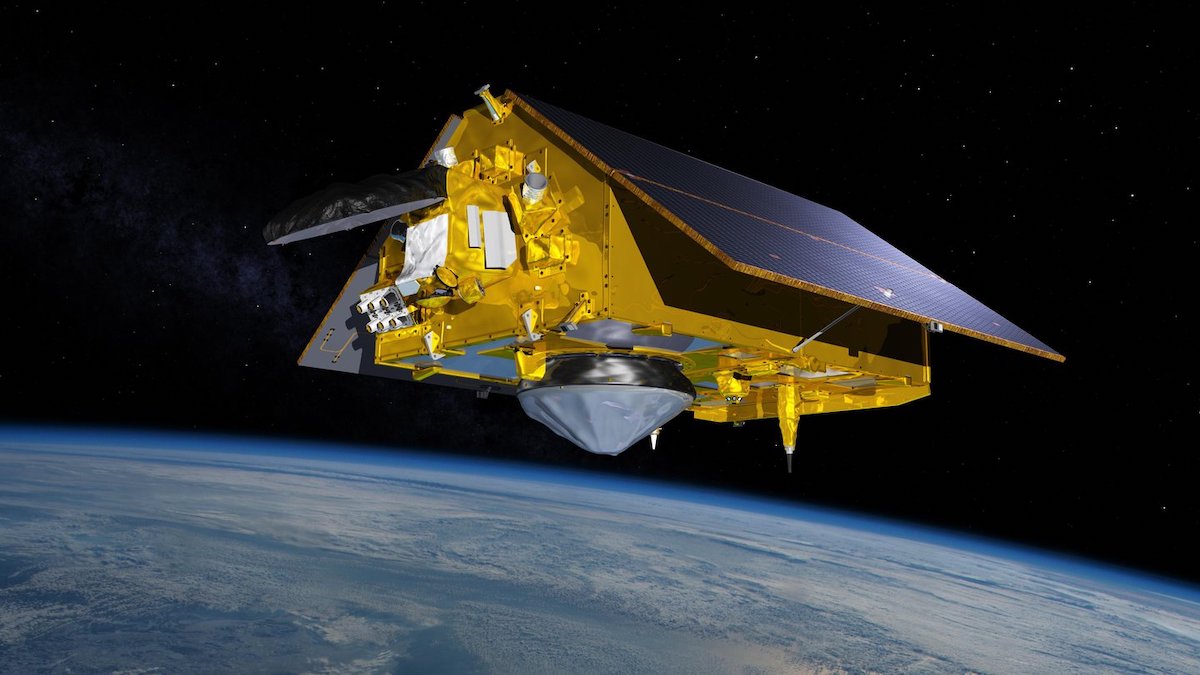Editors’ Highlights are summaries of recent papers by AGU’s journal editors.
Source: AGU Advances
Spaceborne remote sensing technologies and approaches have advanced to a stage that planetwide observations on global processes are possible and can provide new insights. These insights will lead to discoveries that will improve our understanding of how the hydrologic processes that define variables and fluxes are globally interlinked to explain the role of the hydrologic cycle in weather, climate, and the biosphere. The issue must be considered of whether the improved observations and advanced understanding are sufficient to address emerging problems related to water and the environment in a global sense. Durand et al. [2021] summarize remote sensing progress, predominantly from spaceborne sensors, in estimating the terms of water balance storage and fluxes. Their review leads to a recommendation to optimize the benefits by integrating multiple disciplinary approaches, multiple sensors, leveraging commercial satellite measurements, and employing data assimilation, cloud computing, and machine learning.
Citation: Durand, M., Barros, A., Dozier, J. et al. [2021] Achieving Breakthroughs in Global Hydrologic Science by Unlocking the Power of Multisensor, Multidisciplinary Earth Observations. AGU Advances, 2, e2021AV000455. https://doi.org/10.1029/2021AV000455
—Tissa Illangasekare, Editor, AGU Advances

